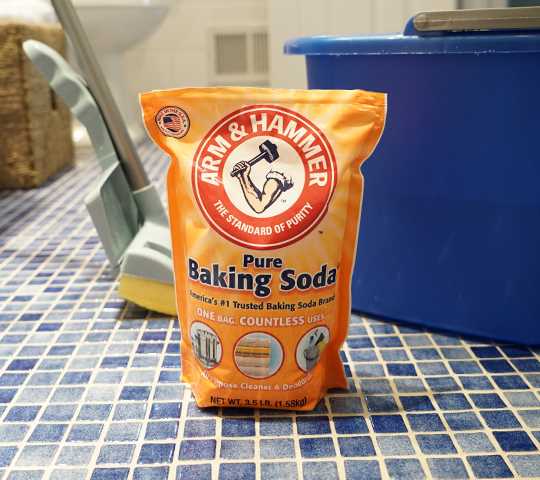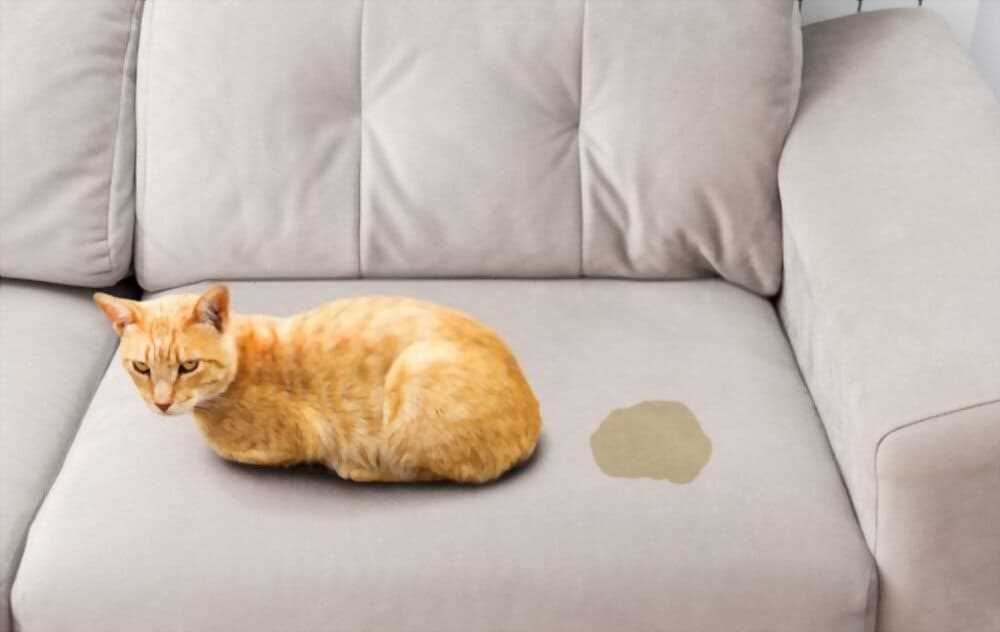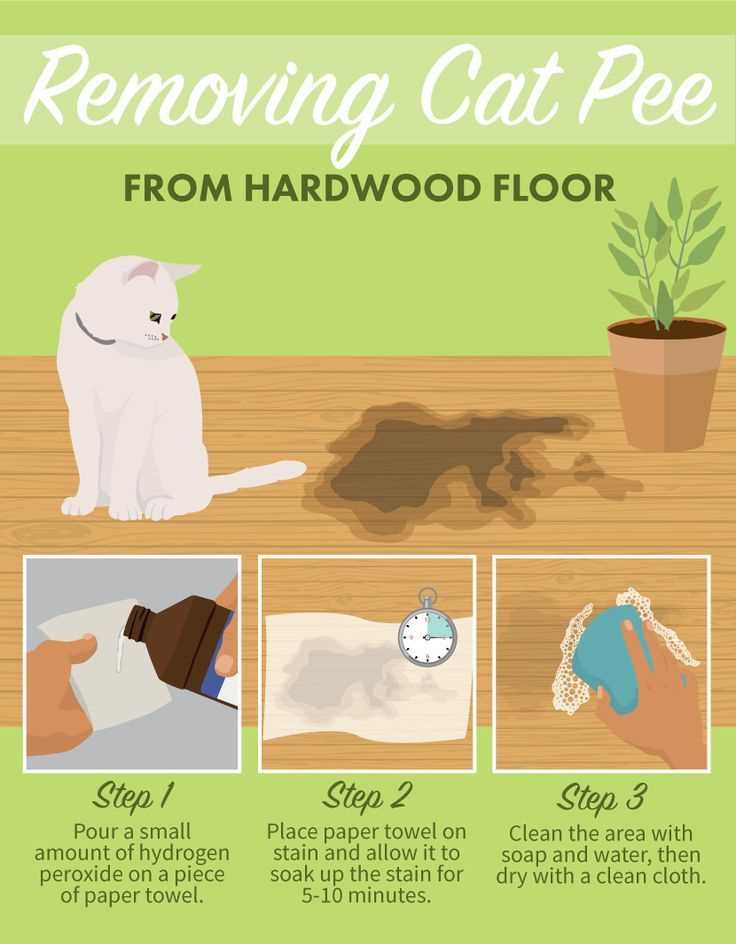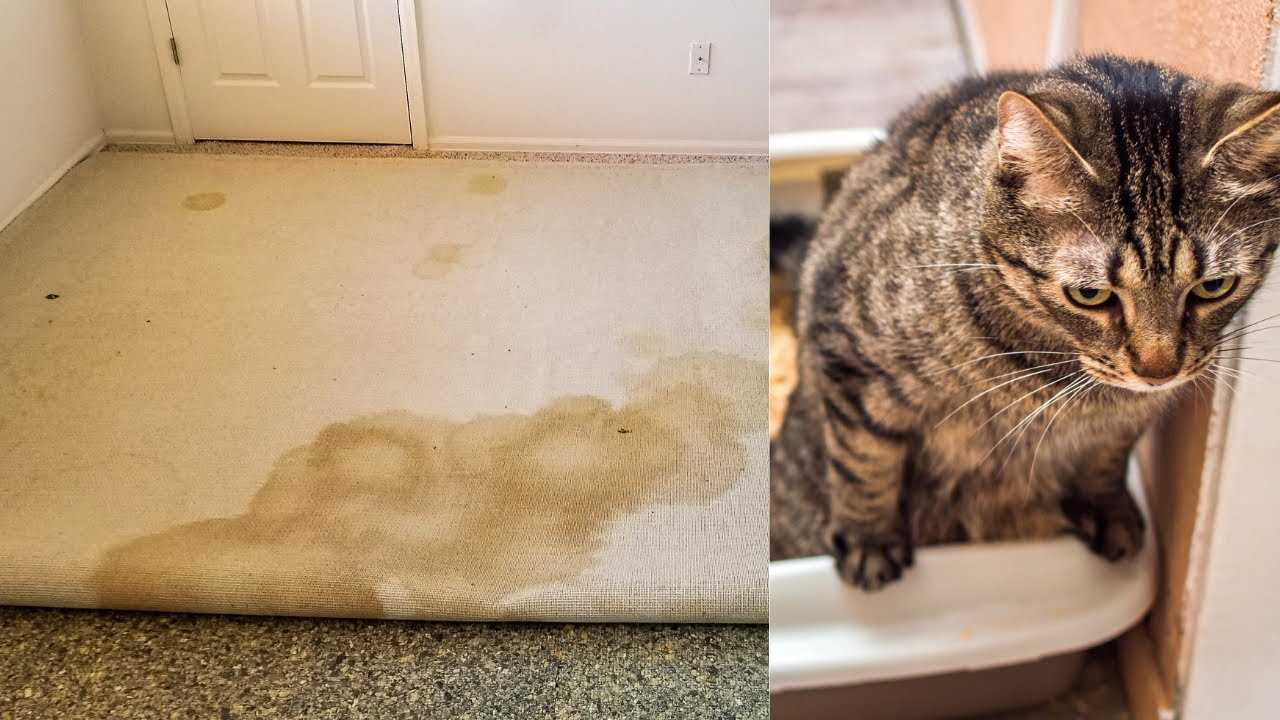



First, grab some paper towels and quickly blot the affected area to soak up any excess liquid. The sooner you act, the better your chances of removing the odor completely.
Next, mix a solution of equal parts white vinegar and water. Pour this mixture onto the stained area, allowing it to penetrate the fibers. Vinegar neutralizes unpleasant scents, making it a handy ally in this battle.
After letting the solution sit for 5-10 minutes, blot again with fresh paper towels. For an extra boost, sprinkle baking soda over the damp area. This natural deodorizer absorbs remaining odors and moisture effectively.
Finally, vacuum the area thoroughly once the baking soda has dried. This will leave your space smelling fresh and clean. Regular maintenance, like using enzyme cleaners, can help prevent future issues and keep your environment inviting.
Tips for Removing Unpleasant Odors from Your Flooring
First, grab some baking soda. Sprinkle it generously on the affected area and let it sit for at least 15 minutes. This will help absorb the unwanted scent effectively.
Next, mix equal parts of white vinegar and water in a spray bottle. Lightly mist the mixture over the baking soda, then gently scrub with a cloth or brush. This combination works wonders in neutralizing the offensive aroma.
After scrubbing, blot the area with a clean towel to soak up excess moisture. Avoid rubbing, as this can spread the problem further. Allow it to air dry completely.
If the odor persists, consider using an enzyme cleaner designed specifically for this type of issue. Follow the instructions on the label for best results. These cleaners break down the source of the stench at a molecular level.
Finally, ventilate the room. Open windows and use fans to circulate fresh air. This will help dissipate any lingering scents and keep your space smelling pleasant.
Identify the Source of the Odor
First, pinpoint the exact area where the odor is strongest. Use your nose to sniff around; trust me, I have a keen sense of smell! Check corners, under furniture, and around baseboards. If it’s hard to find, consider using a black light–those pesky spots glow under UV light. This will help you uncover any hidden areas that might be causing the problem.
Check for Residue

Once you find the location, inspect for any stains or dampness. If the surface feels wet or sticky, that’s a clear sign of an issue. Blot the area with a paper towel to see if it absorbs any moisture. If it does, you’ve likely found your culprit.
Assess the Surroundings
Don’t just focus on the carpet; examine nearby items too. Fabrics, cushions, or even your favorite scratching post might be harboring unwanted odors. If they’re affected, treat them as well to prevent the smell from spreading back to the carpet.
Choose the Right Cleaning Solution
Always go for enzyme-based cleaners. They break down organic compounds, effectively neutralizing odors. Look for products specifically designed for pet messes. Avoid ammonia-based solutions, as they can mimic the scent of waste, encouraging more accidents.
Consider using a homemade mixture of white vinegar and baking soda. Combine equal parts vinegar and water in a spray bottle, then sprinkle baking soda on the affected area. This combo helps absorb the odor. After it dries, vacuum the area thoroughly.
For tougher stains, a steam cleaner might be necessary. Ensure it’s suitable for your flooring and use it alongside a good cleaning agent. Always test any solution on a small, inconspicuous area first to avoid damage.
After cleaning, keep the space well-ventilated. Fresh air helps dissipate lingering scents. If issues persist, consider investing in an air purifier designed for pet odors.
While addressing cleaning solutions, don’t forget about enrichment for us furry ones. Engaging toys can prevent future mishaps. Check out the best toys for destructive cats to keep us entertained and less likely to cause trouble.
Blot and Clean the Stained Area

First, grab a clean white cloth or paper towels. Gently press down on the affected area to absorb as much liquid as possible. Avoid rubbing; this can spread the fluid further into the fibers.
Next, mix a solution of equal parts water and white vinegar in a spray bottle. Lightly mist the stained spot with this mixture. Vinegar neutralizes odors and helps break down the remaining particles.
After applying the solution, let it sit for about 5-10 minutes. This allows the vinegar to penetrate and work its magic.
Blot the area again with a clean cloth to lift the mixture along with the residue. Repeat this process if necessary until the area is clean.
For a final touch, sprinkle some baking soda over the damp spot. This will assist in absorbing any lingering scent. Leave it for several hours or overnight, then vacuum the area thoroughly.
Ensure the spot is completely dry to prevent any mold or mildew growth. Check the area periodically to ensure no odors return.
Use an Enzymatic Cleaner for Best Results
Enzymatic cleaners are my top choice for tackling unpleasant odors. These products contain specific enzymes that break down organic materials, effectively addressing the source of the issue rather than masking it. Look for a cleaner designed specifically for biological stains, as they work wonders in neutralizing the odors left behind.
Application Tips

When using an enzymatic cleaner, apply a generous amount directly to the affected area. Allow it to sit for the recommended time on the label–this is crucial for the enzymes to do their job. Afterward, blot the area with a clean cloth to remove excess moisture. Avoid rinsing, as you want those enzymes to continue working even after the surface looks clean.
Frequency of Use
For persistent odors, multiple applications may be necessary. Regularly using an enzymatic cleaner can help maintain a fresh environment. Make it part of your cleaning routine to ensure lingering scents don’t return. Trust me, your space will feel much more inviting!
Neutralize Remaining Odors with Household Products
White vinegar is my first choice. Mix equal parts of vinegar and water, then apply it to the affected area. Let it sit for about 10 minutes before blotting it up. This helps break down lingering scents.
Baking Soda Magic
Baking soda is a superstar for deodorizing. After cleaning, sprinkle a generous amount over the area. Leave it for several hours or overnight, then vacuum it up. The powder absorbs stubborn odors effectively.
Hydrogen Peroxide Solution
For tougher cases, combine hydrogen peroxide with dish soap and baking soda. Use a ratio of 2:1:1. Apply the mixture to the stained spot, gently scrub, and rinse with water. This solution can be very powerful in eliminating unwanted aromas.
| Product | Mixing Ratio | Application Method |
|---|---|---|
| White Vinegar | 1:1 with water | Apply, wait 10 mins, blot |
| Baking Soda | As needed | Sprinkle, leave overnight, vacuum |
| Hydrogen Peroxide | 2:1:1 with soap and baking soda | Apply, scrub, rinse |
For additional information on cleaning tools, check out this link: can i use koh scrubber on tiles.
Prevent Future Accidents with Training Tips

Focus on consistent litter box training. Ensure the box is always clean and easily accessible. I recommend following these steps:
- Choose a litter type that I prefer. Experiment with various options until you find the one I like best.
- Keep the litter box in a quiet, private area where I feel safe. Avoid placing it near my food or water bowls.
- Establish a regular schedule for bathroom breaks, especially after meals or playtime.
- Reward me with treats or praise when I use the box properly. Positive reinforcement works wonders.
Monitor my behavior closely. If I show signs of discomfort or reluctance to use the box, it’s essential to address it immediately. Consider a vet visit to rule out any health issues.
Provide ample engagement and stimulation. Boredom can lead to accidents. Here are some ideas:
- Incorporate interactive toys that challenge me mentally and physically.
- Schedule playtime daily to strengthen our bond and keep me active.
- Rotate toys regularly to maintain my interest.
Finally, maintain a calm environment. Stress can impact my behavior. Create a space where I feel secure and loved, minimizing loud noises and sudden changes in routine.
FAQ:
What are the best methods to remove cat urine smell from carpet?
To eliminate cat urine smell from carpet, several methods can be effective. One popular approach is to use a mixture of white vinegar and water. Combine equal parts of both in a spray bottle and apply it to the affected area. Let it sit for about 10-15 minutes before blotting it up with a clean cloth. Another option is to use baking soda, which can absorb odors. After cleaning the area, sprinkle baking soda over it and let it sit for several hours or overnight before vacuuming it up. Enzymatic cleaners specifically designed for pet odors are also highly recommended, as they break down the urine compounds and neutralize the smell.
How can I tell if my carpet is still retaining cat urine smell after cleaning?
To check if your carpet still has a lingering cat urine smell, you can perform a simple smell test. After cleaning, wait for the area to dry completely, then kneel down and sniff the carpet close to the cleaned area. If you can still detect an odor, it indicates that the urine may not have been fully eliminated. Additionally, using a blacklight can help reveal any remaining urine stains that might not be visible to the naked eye. Under UV light, fresh urine will fluoresce, making it easier to identify spots that need further treatment.
Are there any homemade solutions for removing cat urine odor from carpet?
Yes, there are several homemade solutions that can help remove cat urine odor from carpets. One effective mixture is made from equal parts water and white vinegar, which can neutralize odors. Another option is a mixture of baking soda and water, which creates a paste that can be applied to the stain. After it dries, vacuum it up. Additionally, hydrogen peroxide can be used as a stain remover when mixed with a small amount of dish soap. Apply it to the stain, let it sit briefly, and then blot it dry. Always test any homemade solution on a small, inconspicuous area of your carpet first to ensure it doesn’t cause discoloration.
What should I avoid when trying to remove cat urine smell from carpet?
When attempting to remove cat urine smell from carpet, it’s important to avoid certain common mistakes. Firstly, do not use ammonia-based cleaners, as they can actually enhance the smell of urine. Also, avoid scrubbing the carpet too harshly, as this can damage the fibers and push the urine deeper into the carpet. Avoid using heat sources, such as hair dryers, as heat can set the odor and stain. Lastly, do not ignore the need for thorough drying after cleaning, as moisture can lead to mold or mildew growth, which can create additional odors.












